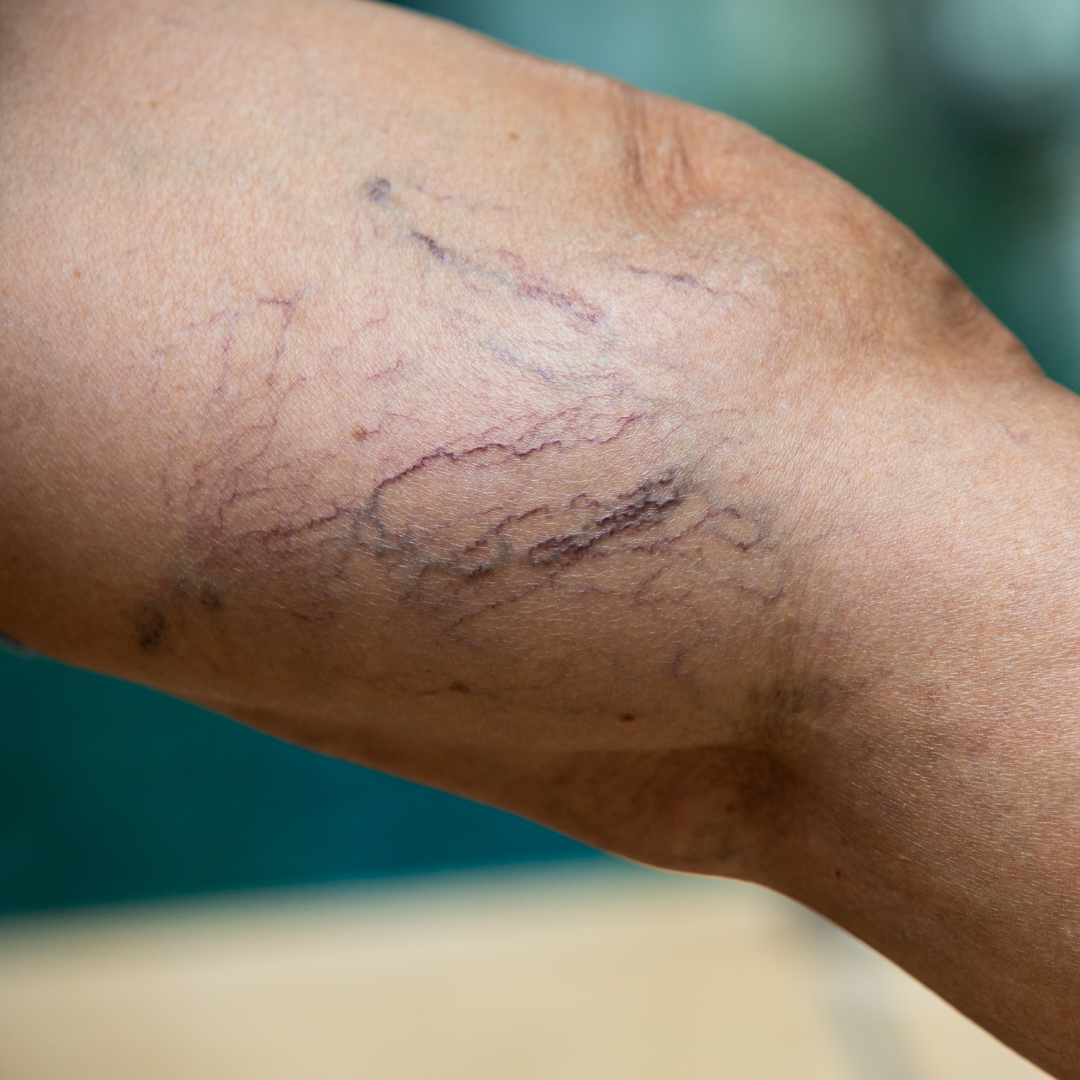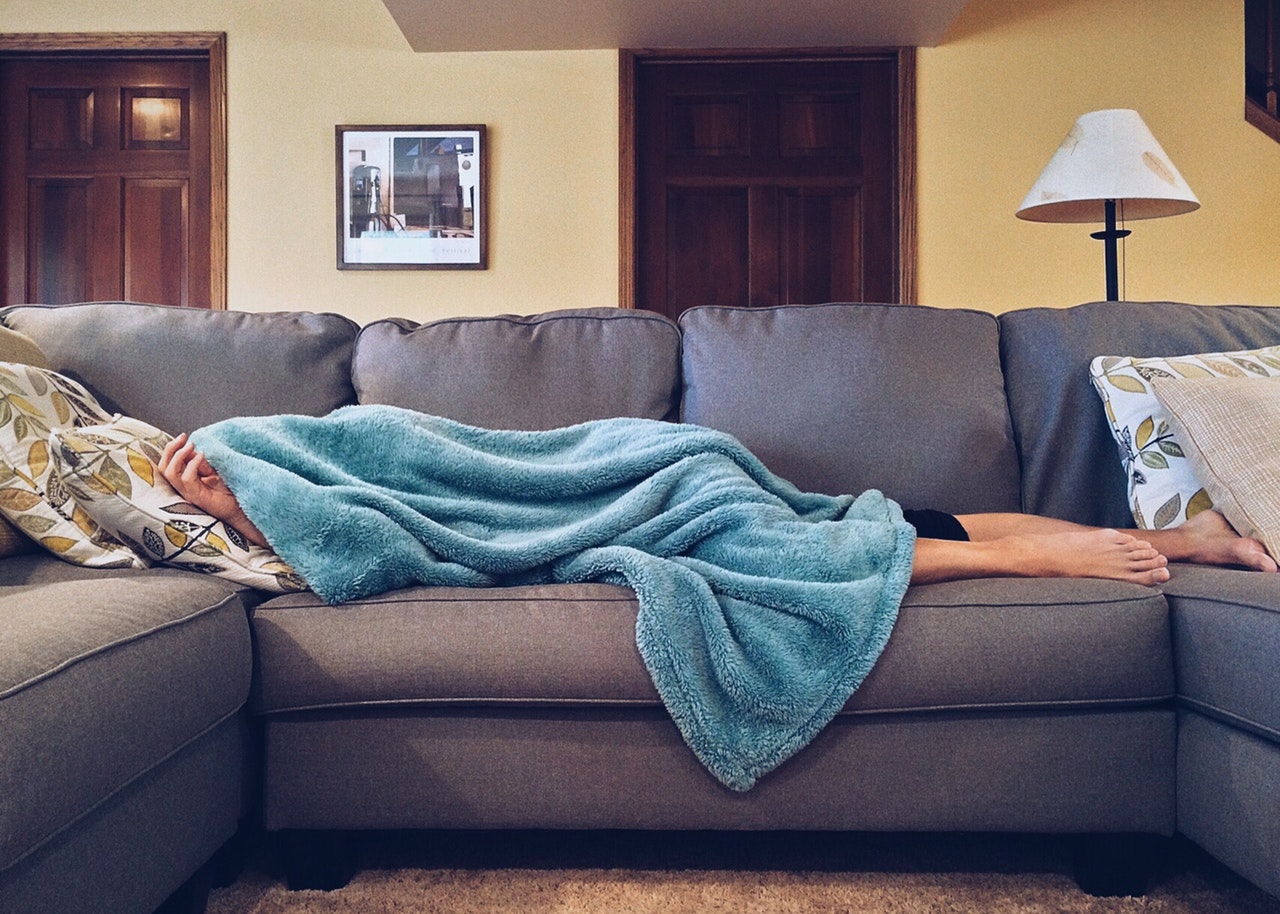Things to know about vein disorders?
According to statistics, over 70% of females and 30% of men may experience a vein illness or vascular problem during their lifetime.
Generally, varicose and spider veins are just cosmetic and pose no risk to your wellness. However, if vein disease worsens in certain people, it might lead to severe problems. In this case, the help and treatment of a good cardiovascular and vein center is vital.
What is a vein problem?
Vein problems can arise when the regular flow of blood circulation is hampered through one valve in the vein malfunctioning. When these valves function properly, blood flow is regulated towards the heart. Whenever the leg muscles contract, the valves expand to allow blood to flow forward to the heart; when they rest, the valves shut to stop blood from flowing backward. Nevertheless, if these valves fail to function correctly, blood might flow in the reverse direction, causing pressure inside the veins.
Types of veins in the leg
There are three central veins in the leg:
- Superficial,
- Communicating
- Deep Veins
The superficial veins are located directly under the skin, and these veins transmit around 15 per cent of the overall blood in your legs. The communicating veins are linked to the deeper veins. The deep veins, located inside the leg muscle, transport the majority of the blood circulation in your legs.
Varicose veins, Spider vein, Swelling in the legs, leg discomfort, skin problems in the leg, leg ulcers, venous thrombosis (vein inflammation), or DVT (deep vein thrombosis) are all symptoms of vein illness. These can happen for various causes, including genetic predisposition, overweight, hormone levels like childbirth, extended standing, and trauma.
Whether you have spider or varicose veins or a more complex problem, you need to consult a good physician. The experienced physician from a trusted cardiovascular and vein center and their multifaceted team will recognize and identify these problems. The correct steps must be taken to prevent them from negatively impacting your lifestyle.
What are the treatments available?
Specialists at a reliable cardiovascular and vein center are suited for these treatments. If your veins require a medical emergency, they will suggest a treatment to safeguard your safety and wellbeing. There are numerous methods to treat varicose veins if you have been affected with them. Advances in technology have made these treatments less intrusive, less unpleasant, and far more simpler to recuperate from than they were even a couple of decades ago.
Depending on the nature of the venous condition being addressed, various remedial therapies are listed below.
- Sclerotherapy
Sclerotherapy is the most advanced modern technology that uses ultrasound-guided foam treatment or radiofrequency ablation to treat or eliminate minor to medium varicose veins.
- Endovenous Laser Ablation (EVLA)
Endovenous Laser Ablation (EVLA), also known as laser therapy vein therapy, has been used to cure reflux condenser veins. Laser radiation is utilized in an in-office technique to block up the damaged vein and reroute blood circulation to healthy ones.
- Cut Phlebectomy
A cut phlebectomy is a non-invasive surgical technique that removes the problematic veins by multiple minor cuts and incisions in the leg. Typically, stitches are not necessary.
Conclusion
Usually vein disorders go unchecked or underdiagnosed. But with increased awareness and studies on this issue, specialized medical centers are able to treat any anomaly. So there is no reason why you should not get proper treatment and live a happy life.



